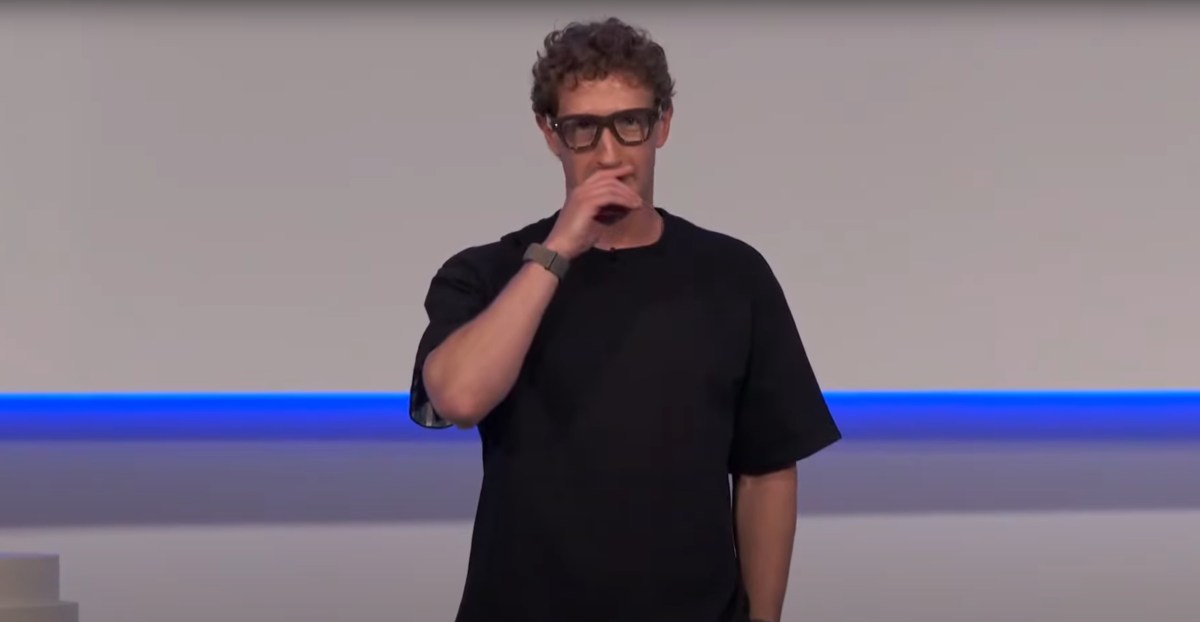
Sam Altman's Merge Labs Aims to Rival Neuralink with Brain-Computer Interfaces
Sources: https://www.theverge.com/news/758577/sam-altman-merge-labs-neuralink-rival, theverge.com
TL;DR
- Merge Labs is a new Neuralink rival focused on brain-computer interfaces.
- The Verge reports that the company is backed by Sam Altman and OpenAI, based on The Financial Times’ reporting.
- Altman has previously written about the idea of a human–machine merge since 2017.
- The concept includes brain implants and the possibility of integrating humans with chatbots, illustrating a broad view of the merge.
Context and background
Merge Labs has emerged as a new entrant in the brain-computer interface (BCI) space, positioned squarely as a rival to Neuralink. According to reporting highlighted by The Verge, The Financial Times has described Merge Labs as a venture backed by Sam Altman and OpenAI. The Verge’ s summary makes clear that this is a direct competitive development in the same thematic area Neuralink has pursued for years: building interfaces that connect the human brain to machines. The article situates Altman within the OpenAI ecosystem while highlighting his personal interest in merging humans and machines. This narrative ties back to Altman’s public writings about “the merge” dating to 2017, when he discussed the concept on his personal blog. In those reflections, he described multiple form factors for a future merge, including electrode-based brain interfaces and the broader idea of becoming closely connected with intelligent agents. The Verge coverage frames Merge Labs as a concrete step in that long-running line of inquiry, moving from concept discussions to a funded startup pursuing hardware-oriented brain interfaces. The coverage emphasizes that the move is framed as a direct rivalry with Neuralink, a well-known player in the space. While the available material focuses on the existence of Merge Labs, the backing by Altman and OpenAI positions the venture within a broader ecosystem of AI and human–machine integration that Altman has helped shape through his leadership roles.
What’s new
What’s new here is the formal emergence of Merge Labs as a dedicated player building brain implants and related brain-computer interface technologies, with the involvement of Altman and OpenAI as backers, according to The Verge’s reporting that cites The Financial Times. This development broadens the landscape of BCIs beyond a single company and adds a high-profile founder with a track record in AI policy, product development, and future-oriented technology discourse. The Verge’s summary emphasizes two threads: a) branding Merge Labs as a rival to Neuralink, and b) linking the venture to Altman’s longer-running interest in the merge concept. This combination frames Merge Labs not only as a hardware-oriented startup but also as part of a larger conversation about how humans might interact with increasingly capable AI systems through implanted or intimately integrated technologies.
Why it matters (impact for developers/enterprises)
- Competitive dynamics in BCIs: The emergence of Merge Labs as a direct Neuralink competitor could intensify development, standardization, and investment in brain-computer interfaces. For developers and enterprises, this may translate into more platforms, tools, and potential collaboration opportunities in the BCI ecosystem.
- AI–hardware convergence: Altman’s involvement suggests a link between AI capabilities and hardware-level integration with human cognitive processes. Enterprises exploring AI-assisted workflows or augmented decision-making could eventually see hardware-augmented interfaces become more prominent, depending on regulatory and safety considerations.
- Strategy and investment signals: The backing by OpenAI underscores a strategic alignment between AI product goals and long-horizon human–machine integration concepts. Investors and partner organizations may monitor Merge Labs as a potential channel for future AI-BCI innovations.
Technical details or Implementation
The source material does not provide granular technical specifications for Merge Labs’ implementation, but it situates the venture within the broader category of brain-computer interfaces and brain implants. The cited reporting indicates that the company is focused on creating interfaces that connect neural activity with machines—consistent with the general BCI paradigm of recording neural signals, decoding intent or state, and translating that data into actionable outputs within software or hardware systems. Altman’s historical references to “the merge” point to a spectrum of possible forms, including electrode-based brain interfaces and more generalized integrations where humans engage closely with AI systems. While the article does not disclose a roadmap, timeline, or hardware platform, the emphasis on brain implants suggests a hardware-oriented approach that would require multidisciplinary work across neuroscience, signal processing, device engineering, safety, and regulatory compliance. The differentiation from broader AI initiatives lies in the physical interface element, which introduces unique design, testing, and risk considerations.
Key takeaways
- Merge Labs is positioned as a direct competitor to Neuralink in the brain-computer interface space.
- The venture is reportedly backed by Sam Altman and OpenAI, with the reporting originating from The Financial Times and summarized by The Verge.
- The idea of merging humans and machines has roots in Altman’s writings from 2017, indicating a long-standing interest in this area.
- The focus on brain implants signals a hardware-centered route to human–machine integration, distinct from purely software-based AI alignment efforts.
FAQ
-
Who is behind Merge Labs?
The venture is reportedly backed by Sam Altman and OpenAI, according to reporting cited by The Verge that references The Financial Times.
-
What does Merge Labs focus on?
Brain-computer interfaces and brain implants aimed at connecting human cognition with machines, positioning the startup as a Neuralink rival.
-
Has Altman written about these ideas before?
Yes. Altman has discussed the concept of a human–machine merge, dating back to a 2017 post on his personal blog.
-
How is Neuralink related to this news?
Merge Labs is described as a direct rival to Neuralink in the context of brain-computer interface development.
-
Where can I read more?
The Verge article provides the coverage, citing The Financial Times as the source of backing information: https://www.theverge.com/news/758577/sam-altman-merge-labs-neuralink-rival
References
- The Verge: Sam Altman’s New Startup Aims to Merge Machines and Humans. https://www.theverge.com/news/758577/sam-altman-merge-labs-neuralink-rival
More news
First look at the Google Home app powered by Gemini
The Verge reports Google is updating the Google Home app to bring Gemini features, including an Ask Home search bar, a redesigned UI, and Gemini-driven controls for the home.
Meta’s failed Live AI smart glasses demos had nothing to do with Wi‑Fi, CTO explains
Meta’s live demos of Ray-Ban smart glasses with Live AI faced embarrassing failures. CTO Andrew Bosworth explains the causes, including self-inflicted traffic and a rare video-call bug, and notes the bug is fixed.
OpenAI reportedly developing smart speaker, glasses, voice recorder, and pin with Jony Ive
OpenAI is reportedly exploring a family of AI devices with Apple's former design chief Jony Ive, including a screen-free smart speaker, smart glasses, a voice recorder, and a wearable pin, with release targeted for late 2026 or early 2027. The Information cites sources with direct knowledge.
Shadow Leak shows how ChatGPT agents can exfiltrate Gmail data via prompt injection
Security researchers demonstrated a prompt-injection attack called Shadow Leak that leveraged ChatGPT’s Deep Research to covertly extract data from a Gmail inbox. OpenAI patched the flaw; the case highlights risks of agentic AI.
How chatbots and their makers are enabling AI psychosis
Explores AI psychosis, teen safety, and legal concerns as chatbots proliferate, based on Kashmir Hill's reporting for The Verge.
Google expands Gemini in Chrome with cross-platform rollout and no membership fee
Gemini AI in Chrome gains access to tabs, history, and Google properties, rolling out to Mac and Windows in the US without a fee, and enabling task automation and Workspace integrations.





